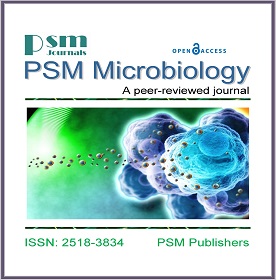Epstein Barr Virus Infection as a Potential Risk Factor for Cancer
Keywords:
Epstein-Barr Virus, EBV-linked cancers, EBV Infection, Potential risk factor.Abstract
Infections caused by mouse mammary tumor virus, Epstein Barr virus, and human papillomavirus have been proposed as potential risk factors for the development of cancer. Epstein Barr Virus (EBV) infects 90%-95% of all adults globally and causes~1% of all cancers. Despite decades of intensive research, the etiology of EBV-linked cancers remains unclear. More than 90% of all people become infected with the Epstein Barr virus (EBV) during their lifetime. The infection usually remains undetected throughout their life; however, the virus can also cause diseases. In this issue, Abdullah et al. demonstrate higher incidence of EBV-VCA IgG and IgM antibodies among cancer patients compared to healthy individuals. The study results have led to substantial improvement in our understanding that EBV infection is associated with risk for various cancers.
Downloads
Published
How to Cite
Issue
Section
License
Copyright (c) 2021 PSM

This work is licensed under a Creative Commons Attribution-NonCommercial 4.0 International License.




